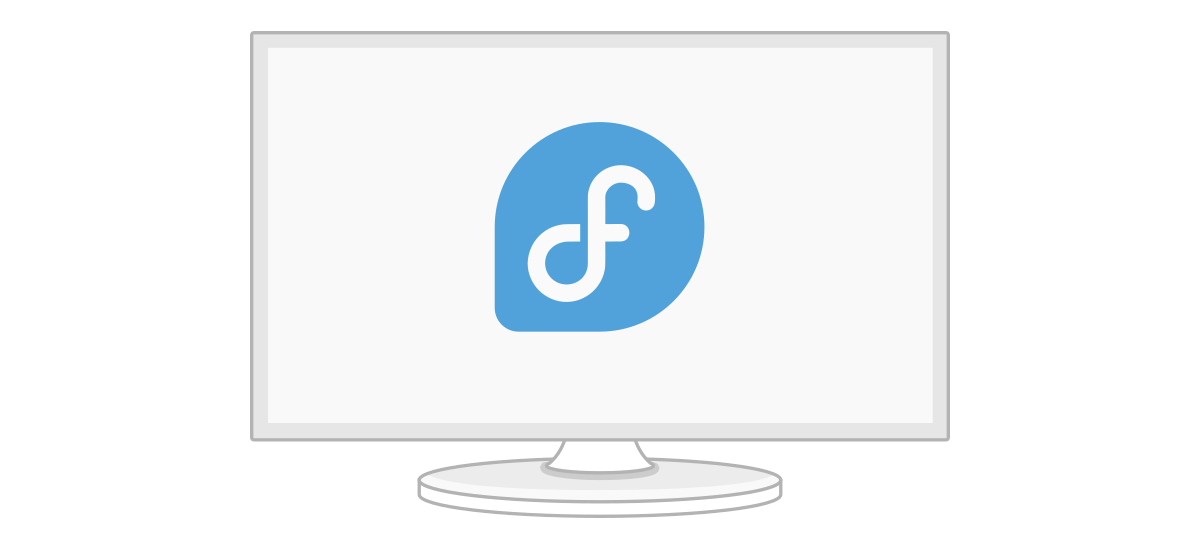The Hidden Gems of Linux: Exploring Uncommon Distributions
October 31, 2024, 10:03 am

Location: United Kingdom, England, City of Westminster
Employees: 1001-5000
Founded date: 2004
Linux is a vast ocean. Most people know the big fish: Ubuntu, Fedora, and Debian. But beneath the surface, countless lesser-known distributions swim, each with its unique flavor and purpose. These hidden gems cater to niche needs, offer quirky features, or simply exist for fun. Let’s dive into five of these intriguing Linux distributions that you might not have heard of.
**Tiny Core Linux: The Featherweight Champion**
Imagine a Linux distribution that fits on a floppy disk. Tiny Core Linux is that lightweight contender. Released in 2009, it’s designed for users with older hardware or those who crave minimalism. At just 24 MB, it’s one of the smallest distributions available.
Tiny Core operates entirely in RAM, making it lightning-fast. Users can customize it by adding only the packages they need, creating a tailored experience. It’s like building a sandwich: you choose the bread, the fillings, and the toppings. With a modular structure, Tiny Core lets you control your system’s size and performance.
For those with old computers gathering dust, Tiny Core is a breath of fresh air. It breathes new life into machines that would otherwise be forgotten.
**SystemRescue: The Digital Firefighter**
When disaster strikes, you need a hero. Enter SystemRescue, the distribution designed for recovery and maintenance. Launched in 2003, it’s a toolbox for rescuing data and diagnosing system failures.
With an ISO file size of around 700 MB, SystemRescue packs a punch. It includes essential utilities like GParted for partition management and tools for file system recovery. Imagine having a Swiss Army knife for your computer. That’s SystemRescue.
It supports various file systems and can boot from multiple sources: CD, USB, or even over the network. Whether you’re dealing with a crashed hard drive or a corrupted file system, SystemRescue is your go-to companion.
**Suicide Linux: The Dark Humor of the Linux World**
Not all distributions are serious. Suicide Linux is a tongue-in-cheek creation that serves as a cautionary tale. This Debian-based package has a unique twist: any incorrect command results in the catastrophic deletion of all files.
It’s not a practical operating system. Instead, it highlights the importance of caution when using the terminal. Think of it as a prank that teaches a valuable lesson. While it’s not meant for everyday use, it’s a reminder of the power and danger of command-line interfaces.
Running it in a controlled environment, like Docker, can be a fun experiment. Just don’t forget to back up your data first!
**RedStar OS: The Enigma of North Korea**
In a world of open-source freedom, RedStar OS stands out as a symbol of control. Developed in North Korea, this distribution aims to provide a secure environment for its users.
Launched in 2008, RedStar OS is built on Linux but tailored to the country’s strict policies. It features a user interface reminiscent of macOS, yet it’s designed to monitor and control user activity. Imagine a system where every click is watched, and every file is tagged for identification.
Access to the internet is limited to a national intranet, isolating users from the outside world. While it may not be available for public use, RedStar OS serves as a stark reminder of the balance between technology and freedom.
**Edubuntu: The Classroom Companion**
Education is a vital part of society, and Edubuntu aims to enhance learning experiences. Based on Ubuntu, this distribution is tailored for educational institutions.
First released in 2005, Edubuntu comes pre-loaded with educational software. It’s like a backpack filled with tools for students and teachers alike. From GCompris for younger learners to KDE Edu Suite for older students, Edubuntu provides resources for various educational needs.
While it shares system requirements with Ubuntu, the additional software may demand more resources. However, its compatibility with a wide range of applications makes it a versatile choice for schools. The latest version, Edubuntu 24.10, continues to evolve, ensuring that students have access to the latest tools.
**Conclusion: The Rich Tapestry of Linux**
Linux is more than just a collection of distributions. It’s a vibrant community of developers and users who create solutions for every conceivable need. From the featherweight Tiny Core to the educational powerhouse Edubuntu, these lesser-known distributions showcase the diversity of the Linux ecosystem.
Exploring these hidden gems can be rewarding. They offer unique features, cater to specific audiences, and sometimes even provide a good laugh. So, whether you’re a seasoned Linux user or a curious newcomer, consider diving into the depths of this vast ocean. You might just discover your next favorite distribution.
**Tiny Core Linux: The Featherweight Champion**
Imagine a Linux distribution that fits on a floppy disk. Tiny Core Linux is that lightweight contender. Released in 2009, it’s designed for users with older hardware or those who crave minimalism. At just 24 MB, it’s one of the smallest distributions available.
Tiny Core operates entirely in RAM, making it lightning-fast. Users can customize it by adding only the packages they need, creating a tailored experience. It’s like building a sandwich: you choose the bread, the fillings, and the toppings. With a modular structure, Tiny Core lets you control your system’s size and performance.
For those with old computers gathering dust, Tiny Core is a breath of fresh air. It breathes new life into machines that would otherwise be forgotten.
**SystemRescue: The Digital Firefighter**
When disaster strikes, you need a hero. Enter SystemRescue, the distribution designed for recovery and maintenance. Launched in 2003, it’s a toolbox for rescuing data and diagnosing system failures.
With an ISO file size of around 700 MB, SystemRescue packs a punch. It includes essential utilities like GParted for partition management and tools for file system recovery. Imagine having a Swiss Army knife for your computer. That’s SystemRescue.
It supports various file systems and can boot from multiple sources: CD, USB, or even over the network. Whether you’re dealing with a crashed hard drive or a corrupted file system, SystemRescue is your go-to companion.
**Suicide Linux: The Dark Humor of the Linux World**
Not all distributions are serious. Suicide Linux is a tongue-in-cheek creation that serves as a cautionary tale. This Debian-based package has a unique twist: any incorrect command results in the catastrophic deletion of all files.
It’s not a practical operating system. Instead, it highlights the importance of caution when using the terminal. Think of it as a prank that teaches a valuable lesson. While it’s not meant for everyday use, it’s a reminder of the power and danger of command-line interfaces.
Running it in a controlled environment, like Docker, can be a fun experiment. Just don’t forget to back up your data first!
**RedStar OS: The Enigma of North Korea**
In a world of open-source freedom, RedStar OS stands out as a symbol of control. Developed in North Korea, this distribution aims to provide a secure environment for its users.
Launched in 2008, RedStar OS is built on Linux but tailored to the country’s strict policies. It features a user interface reminiscent of macOS, yet it’s designed to monitor and control user activity. Imagine a system where every click is watched, and every file is tagged for identification.
Access to the internet is limited to a national intranet, isolating users from the outside world. While it may not be available for public use, RedStar OS serves as a stark reminder of the balance between technology and freedom.
**Edubuntu: The Classroom Companion**
Education is a vital part of society, and Edubuntu aims to enhance learning experiences. Based on Ubuntu, this distribution is tailored for educational institutions.
First released in 2005, Edubuntu comes pre-loaded with educational software. It’s like a backpack filled with tools for students and teachers alike. From GCompris for younger learners to KDE Edu Suite for older students, Edubuntu provides resources for various educational needs.
While it shares system requirements with Ubuntu, the additional software may demand more resources. However, its compatibility with a wide range of applications makes it a versatile choice for schools. The latest version, Edubuntu 24.10, continues to evolve, ensuring that students have access to the latest tools.
**Conclusion: The Rich Tapestry of Linux**
Linux is more than just a collection of distributions. It’s a vibrant community of developers and users who create solutions for every conceivable need. From the featherweight Tiny Core to the educational powerhouse Edubuntu, these lesser-known distributions showcase the diversity of the Linux ecosystem.
Exploring these hidden gems can be rewarding. They offer unique features, cater to specific audiences, and sometimes even provide a good laugh. So, whether you’re a seasoned Linux user or a curious newcomer, consider diving into the depths of this vast ocean. You might just discover your next favorite distribution.
